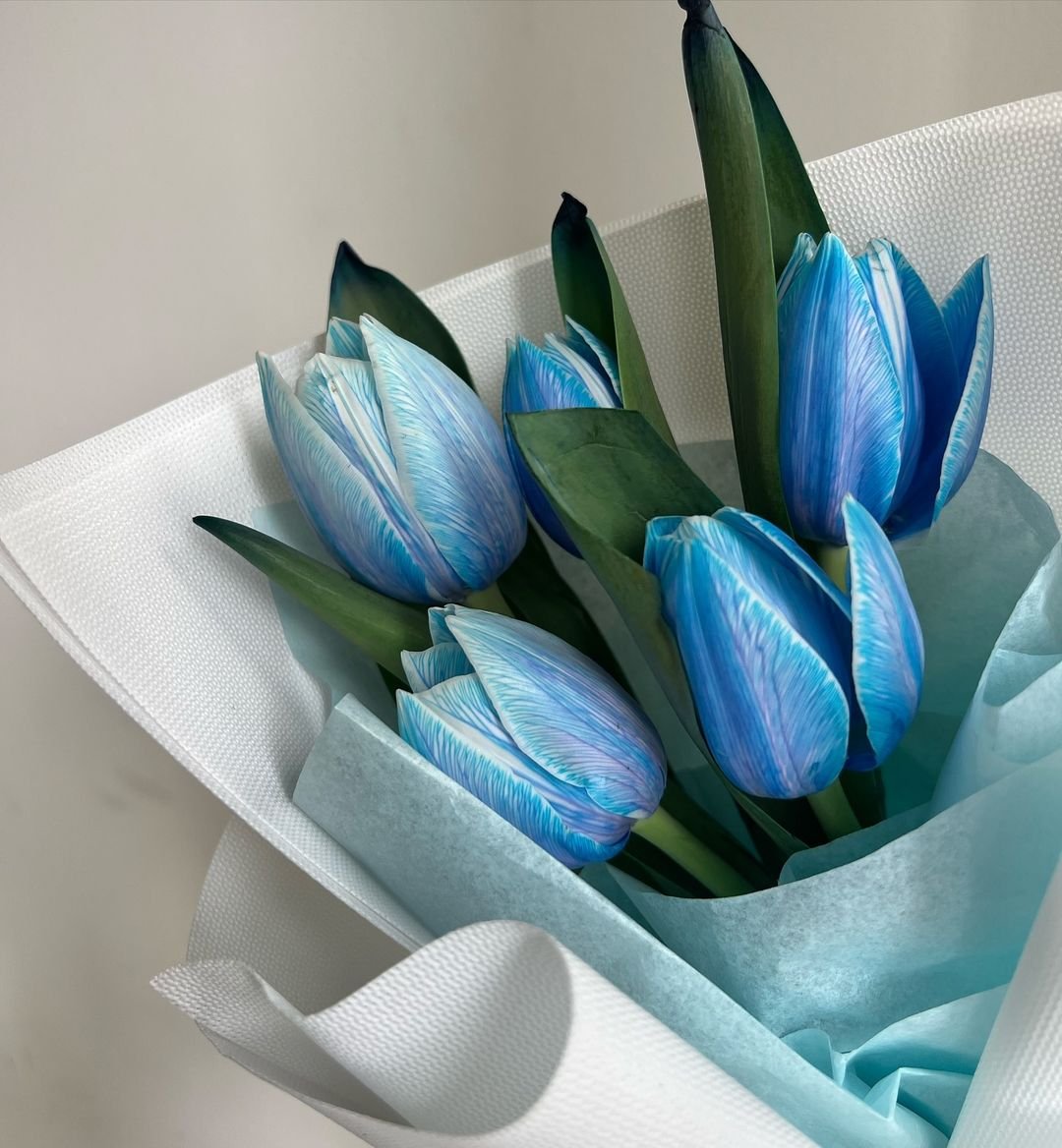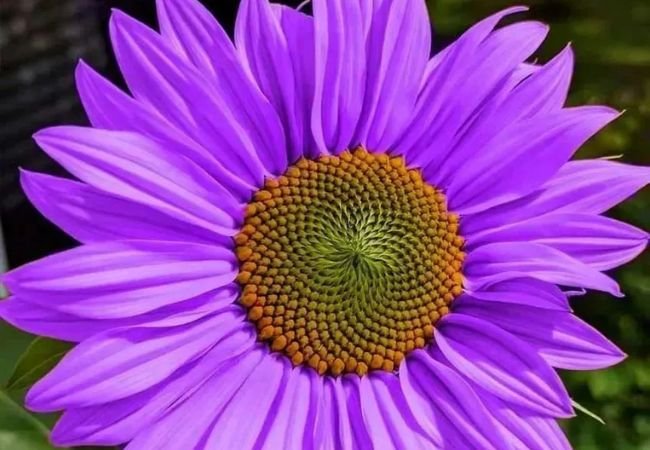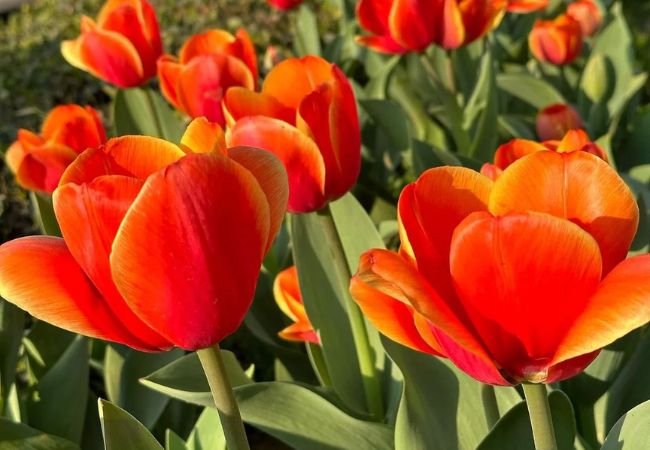Discover how to grow and care for blue tulips, a rare and stunning addition to any garden. Learn tips for planting, maintenance and enjoying their unique beauty.
Blue tulips are a captivating and rare sight in the flower world. Their unusual color makes them a prized addition to any garden. In this guide, we’ll explore everything you need to know about growing and caring for these extraordinary blooms.
Here is a chart with detailed information on Blue Tulips:
| Category | Information |
|---|---|
| Botanical Name | Tulipa (Blue Varieties) |
| Common Name | Blue Tulip (Violet or Purplish Varieties) |
| Plant Type | Bulb, Perennial (Often Grown as Annual) |
| Hardiness Zone | 3-8 |
| Sun Exposure | Full Sun |
| Soil Type | Well-drained, Sandy or Loamy |
| Watering | Moderate, Water During Growth Period |
| Growth Habit | Upright, Clumping |
| Height/Spread | 6-24 inches tall / 4-6 inches wide (Varies by Variety) |
| Special Features | Showy Blooms, Unique Color, Early Spring Bloomer, Excellent Cut Flowers, Deer Resistant |
Understanding Blue Tulips

Before we dive into care instructions, it’s important to understand what blue tulips really are.
Are Blue Tulips Really Blue?
True blue tulips don’t exist in nature. What we call “blue tulips” are actually:
- Purple tulips with a blue hue
- White tulips treated with dye
- Genetically modified tulips
Tulips lack the ability to produce blue pigment. The bluest naturally occurring tulips have a purple tint.
Types of “Blue” Tulips
Some varieties marketed as blue tulips include:
- Blue Diamond
- Blue Parrot
- Blue Wow
- Shirley
These tulips range from lavender to deep purple with blue undertones.
Planting Blue Tulips
To successfully grow blue tulips,
follow these planting tips:
When to Plant
- Plant tulip bulbs in the fall, about 6-8 weeks before the ground freezes
- In warmer climates, chill bulbs for 12-16 weeks before planting
Where to Plant
- Choose a spot with full sun to partial shade
- Ensure the soil is well-draining
- Avoid areas where water collects
How to Plant
- Dig holes 4-6 inches deep
- Space bulbs 4-6 inches apart
- Place bulbs pointed end up
- Cover with soil and water thoroughly
Proper planting depth is crucial for tulip health.
Caring for Blue Tulips
Once planted, blue tulips need proper care to thrive:
Watering
- Water thoroughly after planting
- During the growing season, provide about 1 inch of water per week
- Reduce watering after blooming
Fertilizing
- Apply a balanced, slow-release fertilizer in early spring
- Avoid high-nitrogen fertilizers, which can reduce blooming
Pruning
- Remove spent blooms to prevent seed formation
- Allow leaves to die back naturally to feed the bulb for next year
Winter Care
- In cold climates, add a layer of mulch after the ground freezes
- In warmer areas, dig up bulbs and chill them for 12-16 weeks
Common Problems and Solutions
Even with proper care, blue tulips can face some challenges:
Pests
- Watch for aphids, slugs, and rodents
- Use appropriate pest control methods as needed
Diseases
- Bulb rot can occur in poorly drained soil
- Tulip fire is a fungal disease that causes distorted growth
To prevent these issues:
- Ensure good air circulation
- Avoid overwatering
- Remove and dispose of infected plants promptly
Enjoying Blue Tulips in Your Garden
Blue tulips can add a unique touch to your garden design:
Companion Planting
Blue tulips pair well with:
- Yellow daffodils for contrast
- White tulips for a cool, calming effect
- Pink hyacinths for a soft, romantic look
Cut Flowers
Blue tulips make stunning cut flowers:
- Cut stems when buds are colored but not fully open
- Remove leaves that will be below the water line
- Place in cool water with flower food
- Change water every 2-3 days
The Debate Around Blue Tulips
The creation and marketing of blue tulips have sparked some controversy:
Ethical Considerations
- Some gardeners prefer naturally occurring colors
- Others appreciate the innovation in flower breeding
Environmental Impact
- Concerns exist about the use of dyes and genetic modification
- Supporters argue these methods expand horticultural possibilities
Alternatives to Blue Tulips
If you’re looking for naturally blue flowers, consider:
- Grape hyacinths
- Blue irises
- Delphiniums
- Forget-me-nots
These provide true blue colors without modification.
Blue tulips, whether naturally purple-hued or created through human intervention, offer a unique and striking addition to any garden. While they require similar care to other tulip varieties, their rarity makes them a special treat for flower enthusiasts.
Remember, the key to success with blue tulips lies in proper planting, consistent care, and understanding their unique nature. Whether you choose to grow these rare blooms or opt for naturally blue flowers, your garden is sure to stand out with these cool-toned beauties.
By following the tips in this guide, you can enjoy the stunning sight of blue tulips in your own garden. Their unusual color will surely be a conversation starter and a delightful addition to your spring flower display.
For more gardening tips and plant care guides, visit usagardenhub.com.






